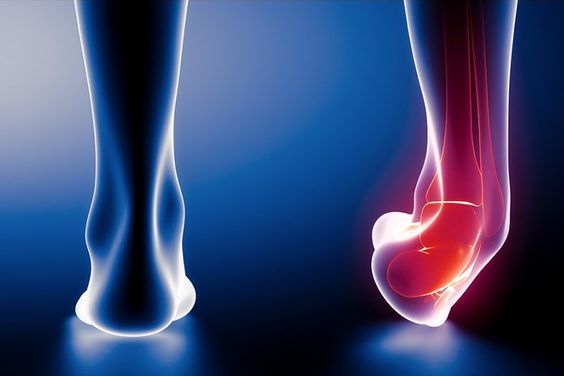Introduction
A sprained ankle is a common injury that occurs when the ligaments that support the ankle joint are stretched or torn. This typically happens when the ankle is twisted or rolled, such as during sports activities or falls. The severity of a sprained ankle can vary depending on the extent of damage to the ligaments.

Understanding the symptoms, types, and treatment options for a sprained ankle is crucial for proper management and recovery. This article provides a comprehensive overview of sprained ankles, empowering individuals to make informed decisions about their care.
Symptoms of a Sprained Ankle
Recognizing the symptoms of a sprained ankle is essential for seeking timely medical attention. Common symptoms include:
- Pain: Pain is usually felt immediately after the injury and can be sharp or throbbing.
- Swelling: Inflammation around the ankle joint is a typical sign of a sprain.
- Bruising: Discoloration, ranging from red to purple, may appear around the affected area.
- Tenderness: The ankle may be tender to the touch, particularly around the ligaments.
- Instability: The ankle may feel unstable or give way when weight is placed on it.
Types of Sprained Ankles
Sprained ankles are classified into three main types based on the severity of ligament damage:
- Grade 1 Sprain: Involves mild stretching or microscopic tearing of the ligaments.
- Grade 2 Sprain: Characterized by partial tearing of the ligaments, resulting in moderate pain and instability.
- Grade 3 Sprain: Indicates a complete rupture of the ligaments, leading to significant pain, swelling, and instability.
Treatment and Recovery
Treatment for a sprained ankle depends on the severity of the injury. Common treatment approaches include:
- RICE protocol: Rest, Ice, Compression, and Elevation are essential for reducing pain and swelling.
- Immobilization: A brace, splint, or cast may be used to restrict ankle movement and promote healing.
- Medications: Over-the-counter pain relievers, such as ibuprofen or naproxen, can help manage pain and inflammation.
- Physical Therapy: Once the initial healing phase is complete, physical therapy can help restore strength, flexibility, and balance.
- Surgery: In rare cases, surgery may be necessary to repair severely torn ligaments.
Recovery time for a sprained ankle varies depending on the grade of the sprain and individual factors. Grade 1 sprains may heal within a few weeks, while Grade 3 sprains can take several months to fully recover.





